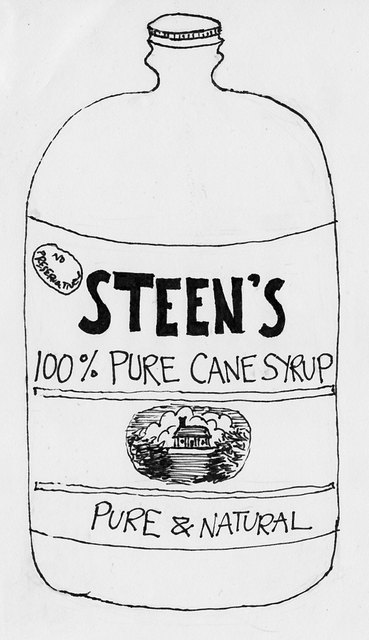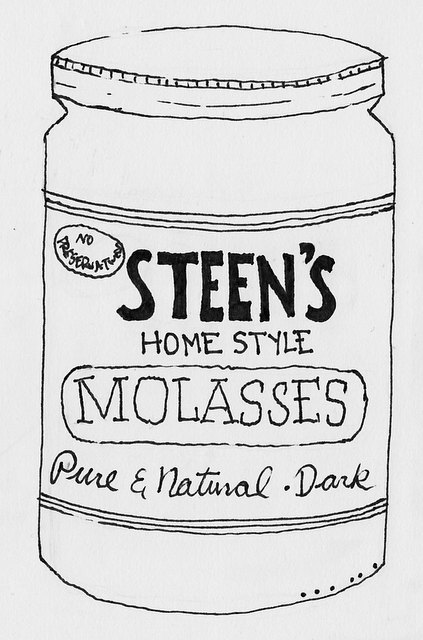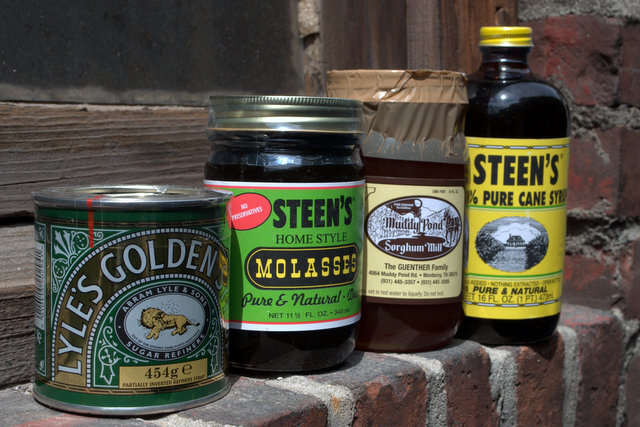
Walking into Formaggio Kitchen Cambridge can sometimes be a bit overwhelming. Exotic products, tight corners and packed shelves can lead to missed goodies and overlooked treats. This holds true in the bakery, too. Right now, we have four different baking syrups and, at first glance, you might wonder why you would buy one over another? Curious myself, I did a bit of research and in this post, I share what I gleaned. I’m going to breakdown each syrup into its profile, process, and when to use it, so that you can decide with confidence about what to choose for your next baking venture.
Steen’s Cane Syrup
Profile:
Golden brown, sweet, molasses-like flavor without the bitterness, not too thick - maple-syrup-esque viscosity.
Process:
Let’s start from the beginning, with the sugarcane plant. These beautiful green stalks are crushed and smashed to extract their wonderful juice. That juice is then cooked for a period of time in open kettles, resulting in a concentrated syrup. Pretty simple so far!
So what do I use it for?
If you lived in the South, you’d use it like table syrup. On pancakes, waffles, oatmeal, to sweeten drinks. In pecan pie, crisps, bread puddings - and, in popcorn balls and fruitcakes.
Steen’s Molasses
Profile:
Robust, rich, thick, dark, bitter/burnt taste, sweet.
Process:
Molasses is a viscous by-product of the sugar refining process. …What?
Remember that sugarcane plant? Instead of cooking down the juice, the sugars in that juice are separated from the liquid. To get the sugar crystals separated, the juice is boiled to catalyze crystallization, put in a centrifuge, or filtered some other way. The liquid left over after the sugar has been removed is molasses!
The sugar is separated out more than once, resulting in different grades of molasses. The first stage will be the sweetest, and the last stage (blackstrap molasses) will be the most bitter and dark.
So what do I use it for?
Baked beans, of course! For New England folks, Anadama Bread will be another familiar place to use molasses. Gingerbread and ginger cookies are also great foods that call for molasses. Anything with deep coffee and dark chocolate notes. Shoofly pie. Rye, pumpernickel, whole wheat and oatmeal breads.
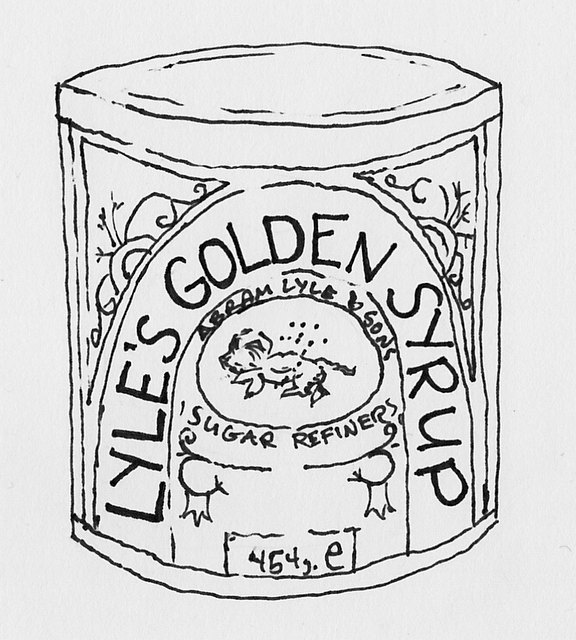
Lyle’s Golden Syrup
Profile:
Golden, pale, sweet, thick and sticky with the viscosity of a runny honey.
Process:
Alright, time for a science lesson. Table sugar, the stuff you use every day in baking or your coffee and tea, is also called sucrose. Sucrose is made up of glucose and fructose. When you boil sucrose (sugar), you are breaking it down into glucose and fructose. Short story, you now have an invert sugar, which will remain liquid and not crystallize. Golden syrup is an invert sugar (the sucrose now separated and liquefied into glucose and fructose) plus sucrose. Keeping the percentage of invert sugar higher will keep the added sucrose (sugar) at a liquid state.
If you want to learn a bit more science, keep reading. Otherwise, skip ahead! The reason that invert sugar will remain a liquid is because once the sucrose is broken down, your liquid matter is about 75% fructose and glucose, and only 25% sucrose. Fructose will not fully crystallize in the presence of sucrose and glucose.
So, to recap, you have your sugar, which you boil down to bring to a liquid state, where it will stay for good scientific reasons. And, now you have golden syrup (aka light treacle, as our English friends might call it).
So what do I use it for?
Harry Potter would tell you to make a treacle tart for one! Another English classic that typically calls for Lyle’s Golden Syrup is sticky toffee pudding. Golden Syrup is also an excellent substitute for corn syrup or honey. Basically, anything you need to sweeten without putting too much extra flavor into.
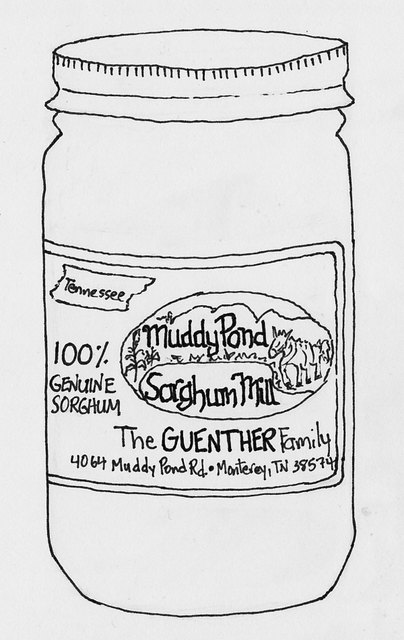
Muddy Pond Sorghum Syrup
Profile:
Thick, sweet, earthy, dark brown.
Process:
The sorghum plant has an unfortunate name - a name looks like something you’d skim over the back of a label packed full of strange ingredients. It’s probably because of this that it gets overlooked here in the northeast (our friends to the south know better!). Sorghum is actually just a grain: all natural, no funny business, harvested from a grass of the same name grown in the good ol’ earth.
The stalks, like the sugarcane plant, are cut down and the juices squeezed out of them. This juice is then cooked and filtered.
So what do I use it for?
Sorghum butter is a must! Whip the two up together and spread it on fresh biscuits or a warm, crusty square of cornbread. Glazes for ham, sweet potatoes, carrots. Anything sweet or savory with ginger. Drizzle on toast and ice cream. Pair with cheese and use it to sweeten cocktails.
Sources:
Harold McGee’s 'On Food and Cooking: The Science and Lore of the Kitchen'
National Sweet Sorghum Producers and Processors Association
The New York Times: 'The Old Fashioned Secret of Holiday Treats? Sugar Cane.'
Cook's Illustrated: 'Molasses'
Author - Alyssa Persinger is the Bakery Manager at Formaggio Kitchen Cambridge.


